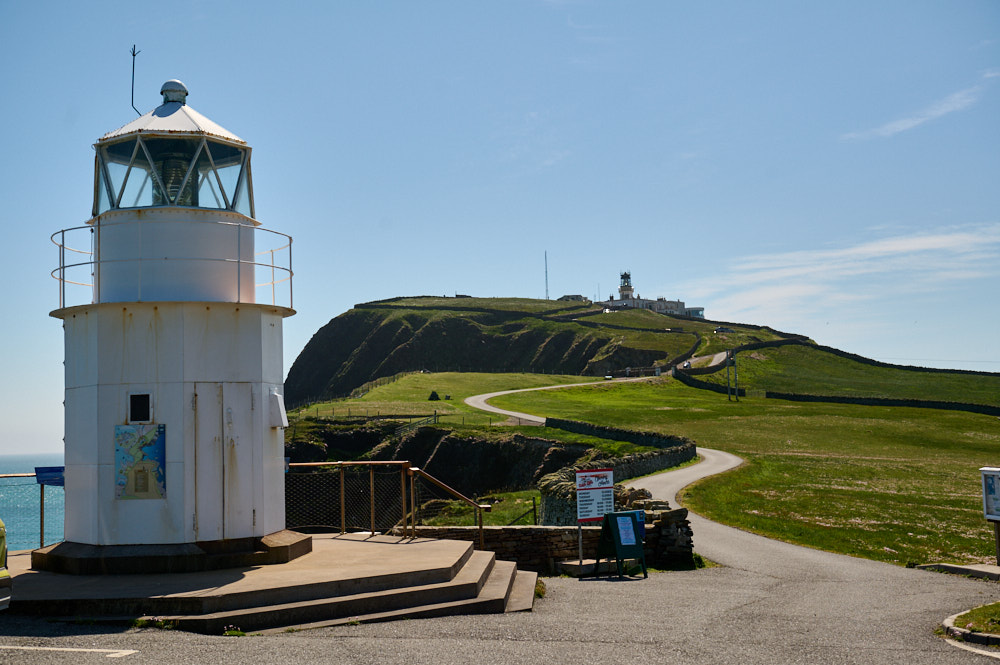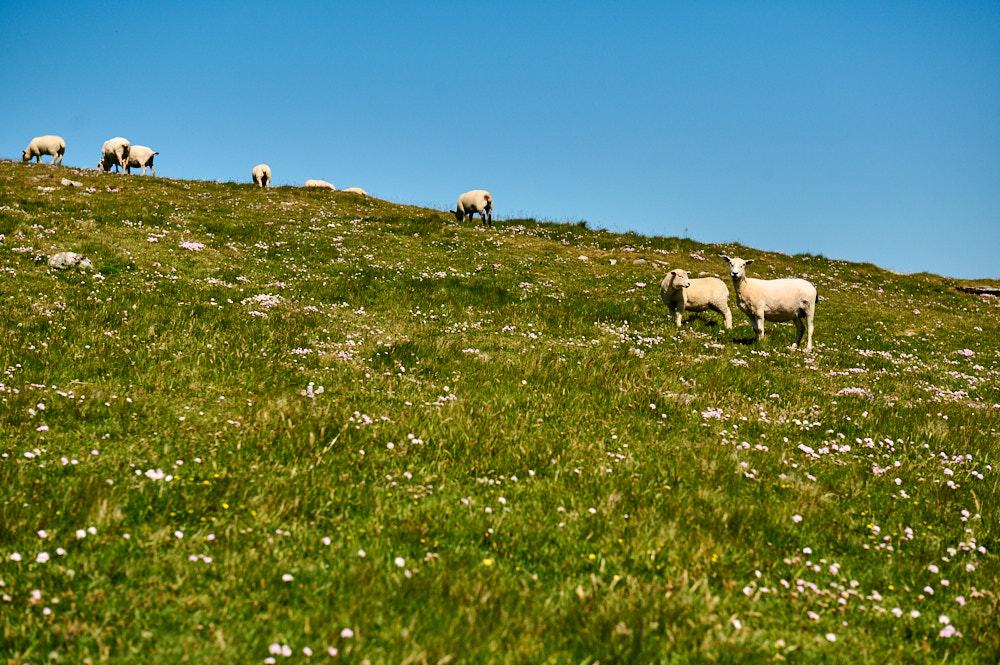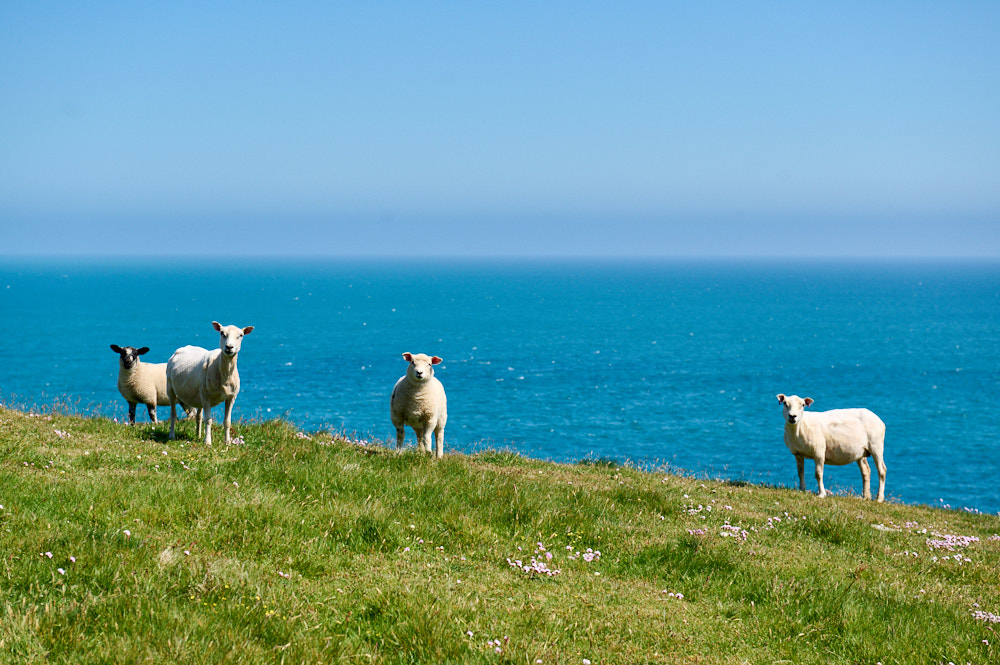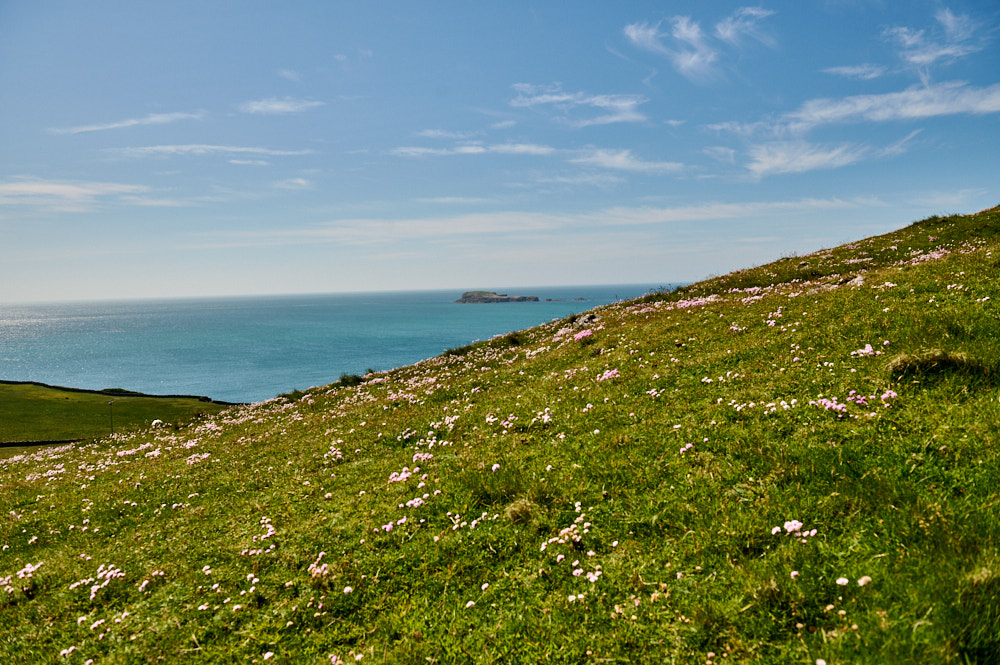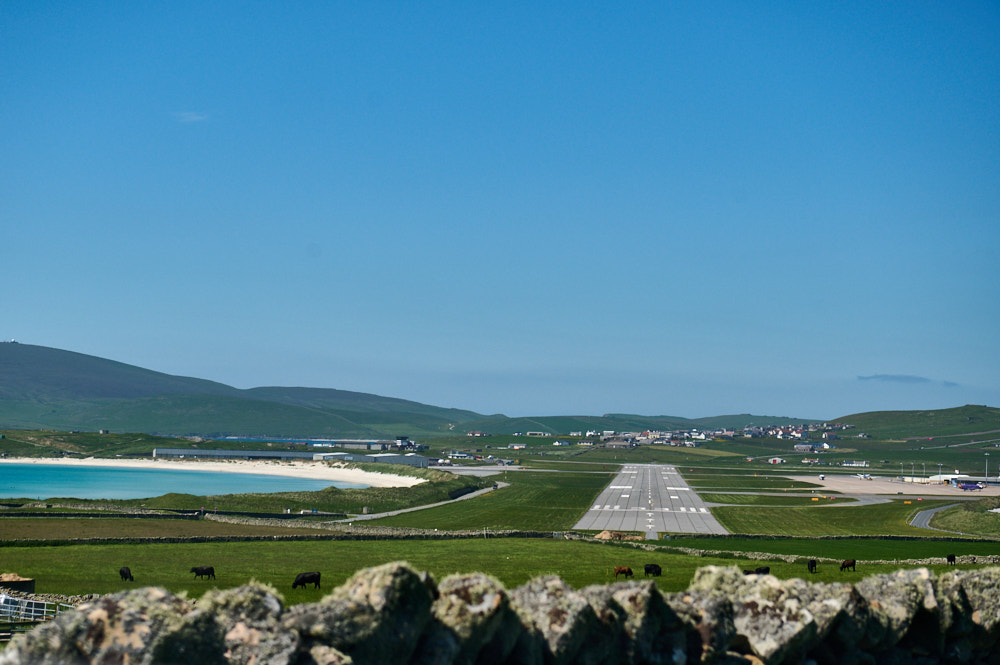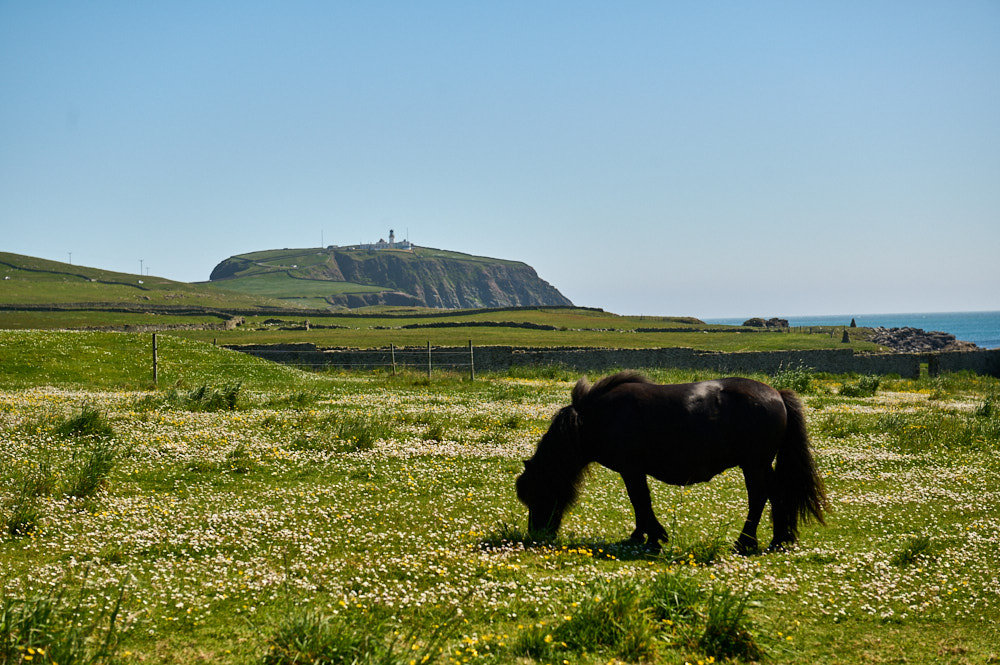
Jarlshof greeted me with my first Shetland ponies and a lovely view of Sumburgh Lighthouse – it was just a short drive from there. Beautiful situated on the southwest coast of Shetland Jarlshof is like a step by step overview of the last 4500 years – it is like a walk through history.
It is almost as if, some 4,500 years ago, someone set aside a piece of land and declared that its purpose was to provide future generations with examples of every important form of habitation used by the people of the day. (Undiscovered Scotland)
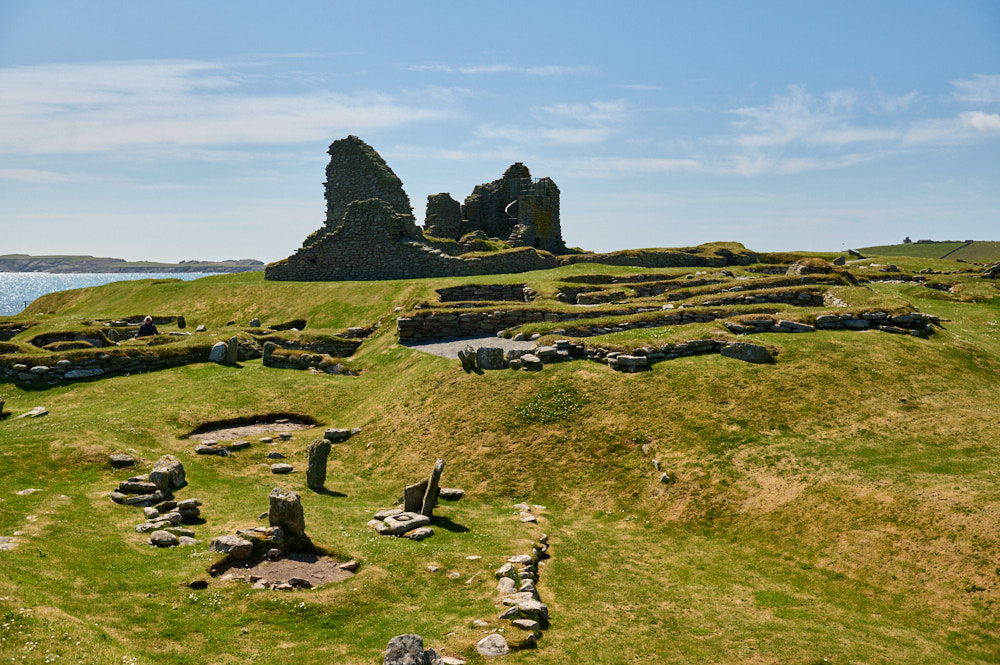
The results are houses upon houses, starting in the Stone Age, Bronze Age, Iron Age, Pictish, Norse and Medieval eras, up through to the 1600s.
Starting at the entrance near the oldest buildings one continues through time, houses from the Bronze Age overlapping the Stone Age era to the floorplan of the Iron Age with souterrains and storage cellars.

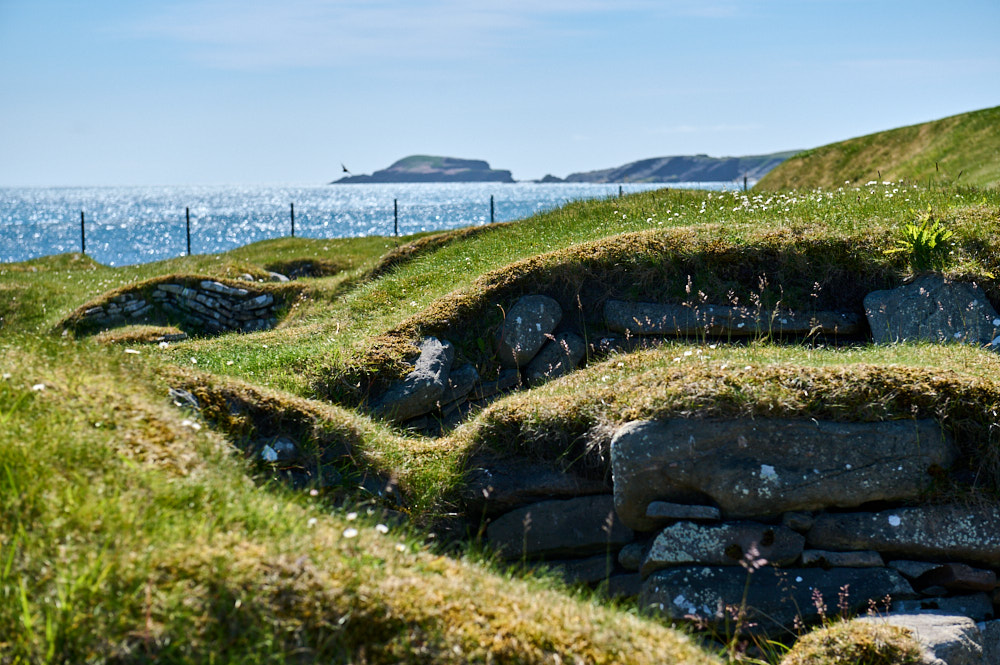 A broch, almost overbuilt by a house in 1604 is the next part of our history tour, houses built on houses, history stacking on history. Old stones used to build new houses, a recurring theme not only in Scotland.
A broch, almost overbuilt by a house in 1604 is the next part of our history tour, houses built on houses, history stacking on history. Old stones used to build new houses, a recurring theme not only in Scotland.

Four Pictish wheelhouses are our next stop on our journey through history, probably the most complete houses in Jarlshof, it is possible to walk in (or better said down) and really see former generations living here.
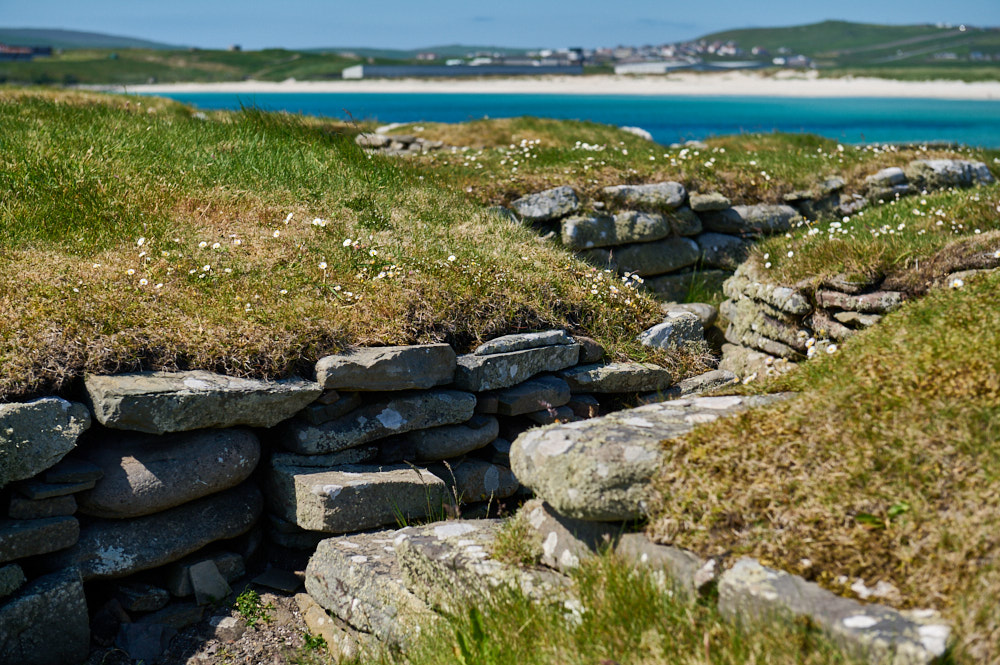
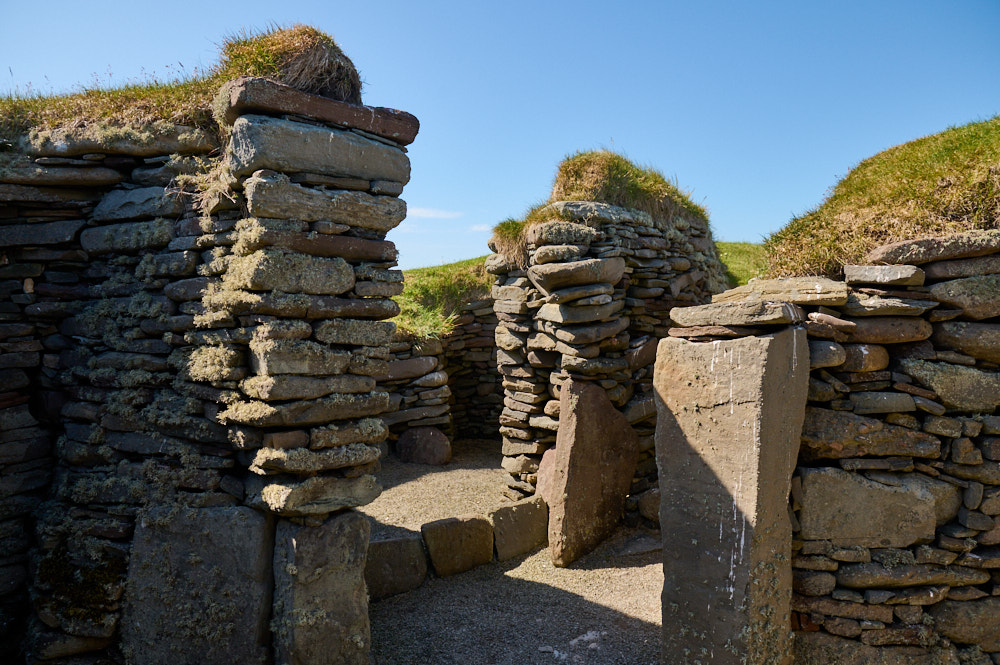

We are standing in the middle of a Norse village, developed in the years from 850 to 1300, after that, it was abandoned for the mediaeval farmhouse right next to the village. But not for long, the farmhouse also became derelict in the 15th century or better said it was again reconstructed to become a fortified house in the 16th century.
In 1472 Shetland formally became part of Scotland and in the mid 16th century Earl Robert Stewart became Lord of Shetland. He constructed the building now known as New Hall as his main base in Shetland.
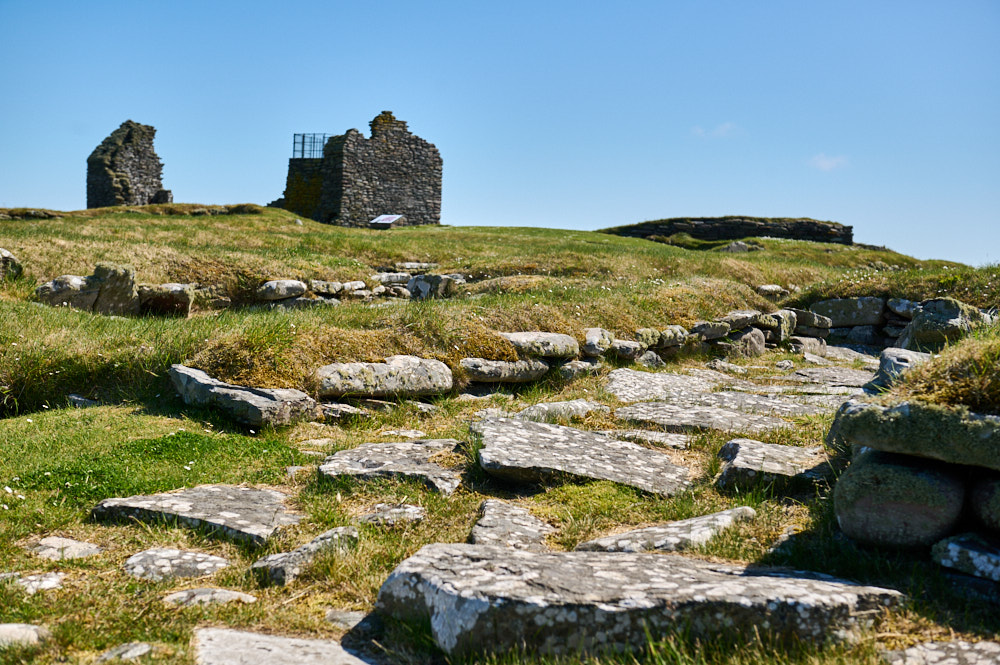
In the 1600s the house, then the castle was further reconstructed and renamed “Old House of Sumburgh”. In the late 17th century the site was abandoned completely and it was the first time after 4000 years that Jarlshof was not inhabited.

The name “Jarlshof” was created by no other than Scotlands loved novelist Sir Walter Scott. Parts of his novel “The Pirate” were set at Sumburgh and Scott called it Jarlshof.

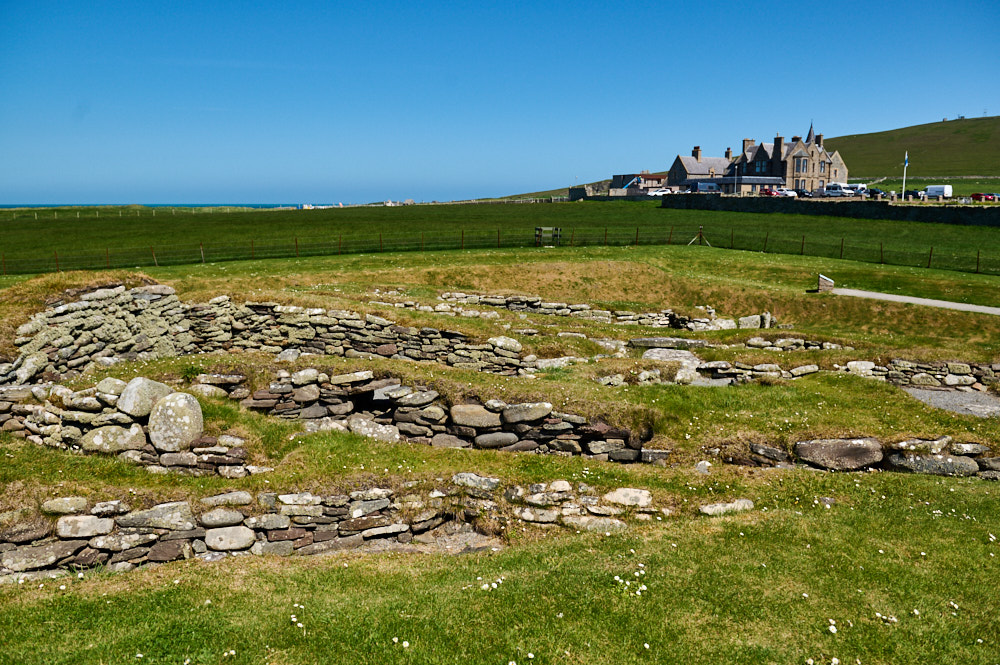
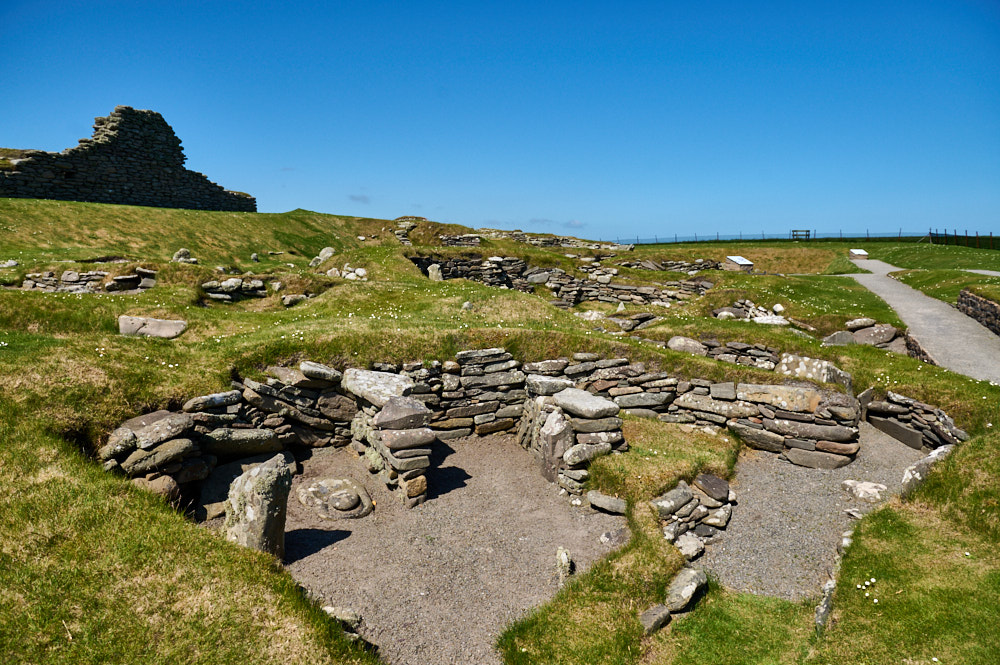 Jarlshof, a journey through history.
Jarlshof, a journey through history.
Layer upon layer of settlement built up on the headland. Earlier houses were abandoned and later ones built on top. Sand blown by the wind from the nearby dunes settled in between the layers and eventually sealed and protected the whole site. (Historic Enviorement for Scotland)
Storms in the 1890s finally revealed the hidden settlements and houses. Excavations from the 1890s up to the 1950s discovered the layers of time, houses built on houses.
The first people to reach Shetland probably landed not far from Jarlshof some 5,000 to 6,000 years ago. Fragments can be seen of the earliest dwellings at Jarlshof, dating from around 2700 BC. (Historic Enviroment for Scotland)
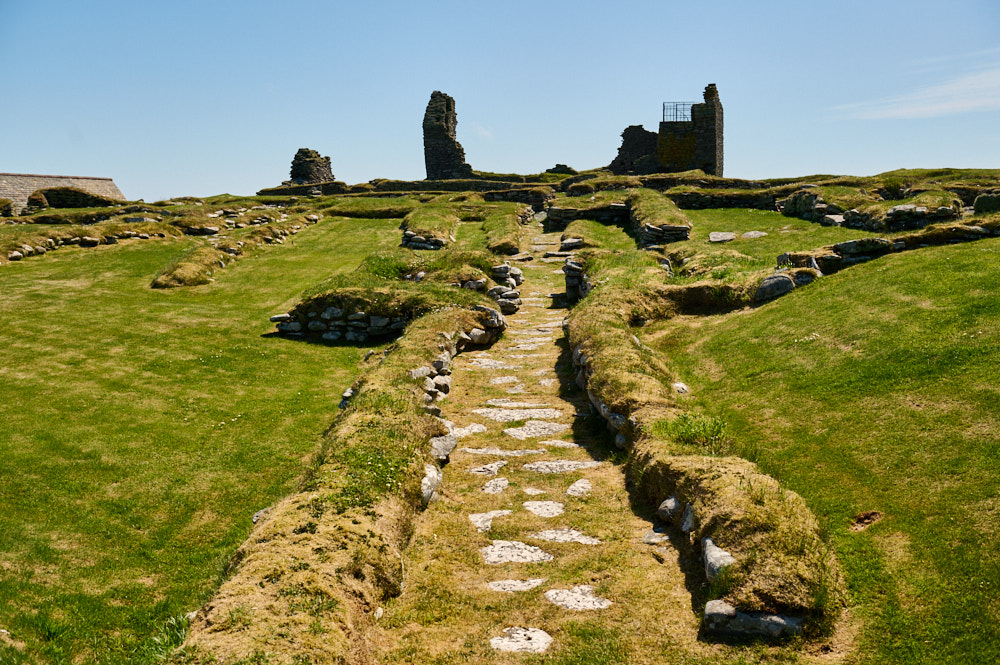
During my visit, the small museum run by the Historic Environment for Scotland was closed, but the site was open for visits and I was able to walk around the site, except going up the stairs in the castle, these were also closed.
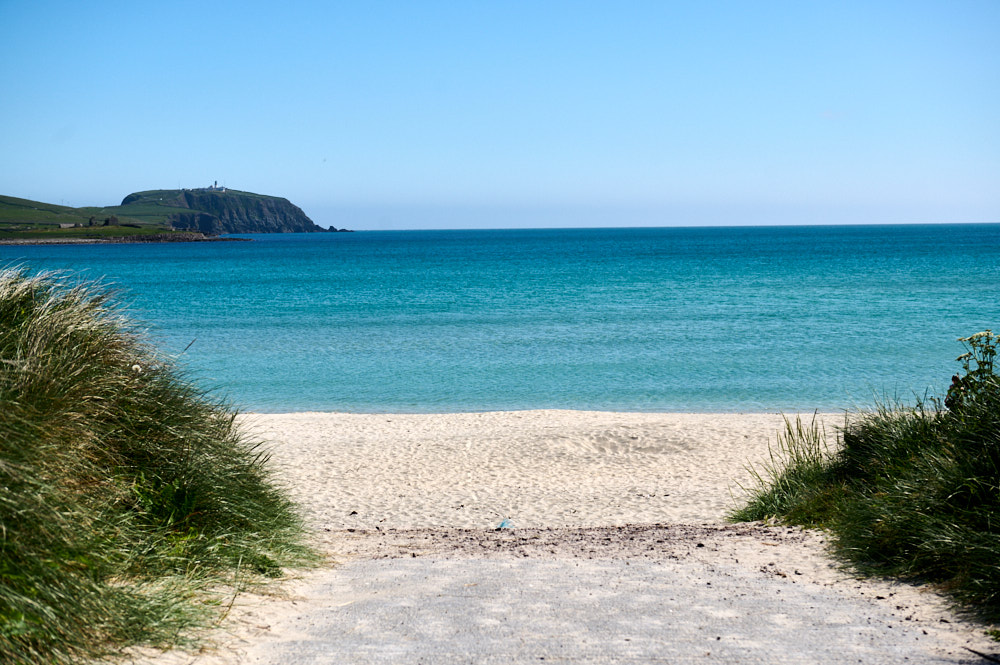
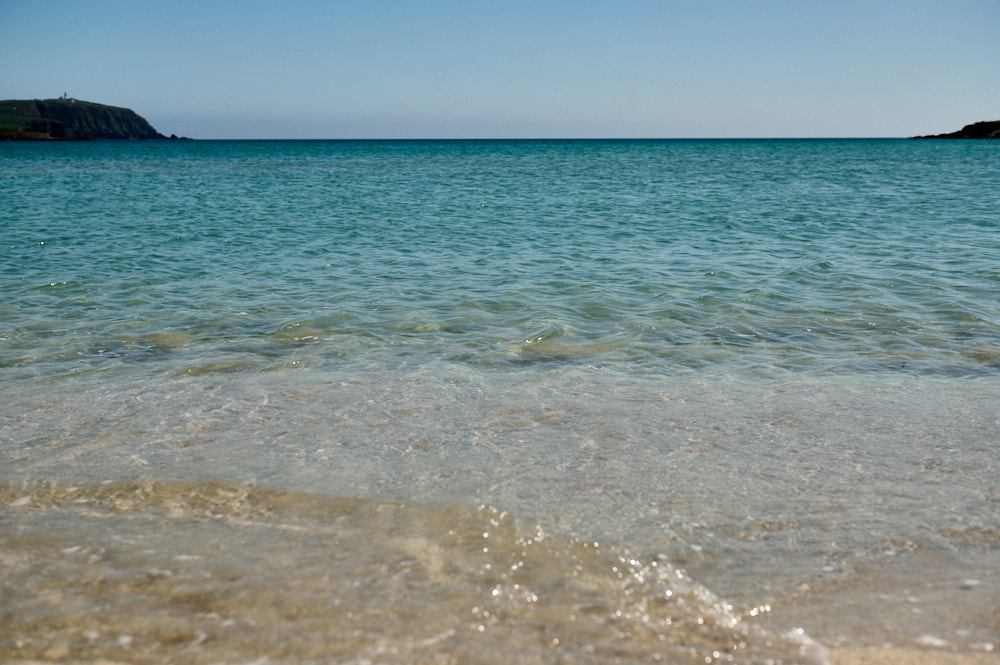
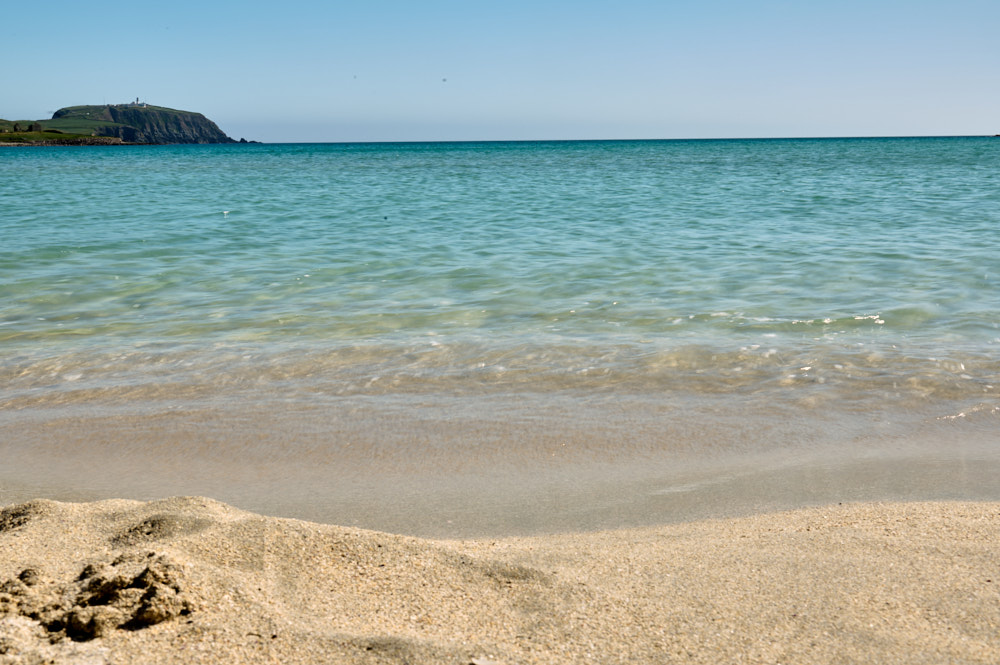
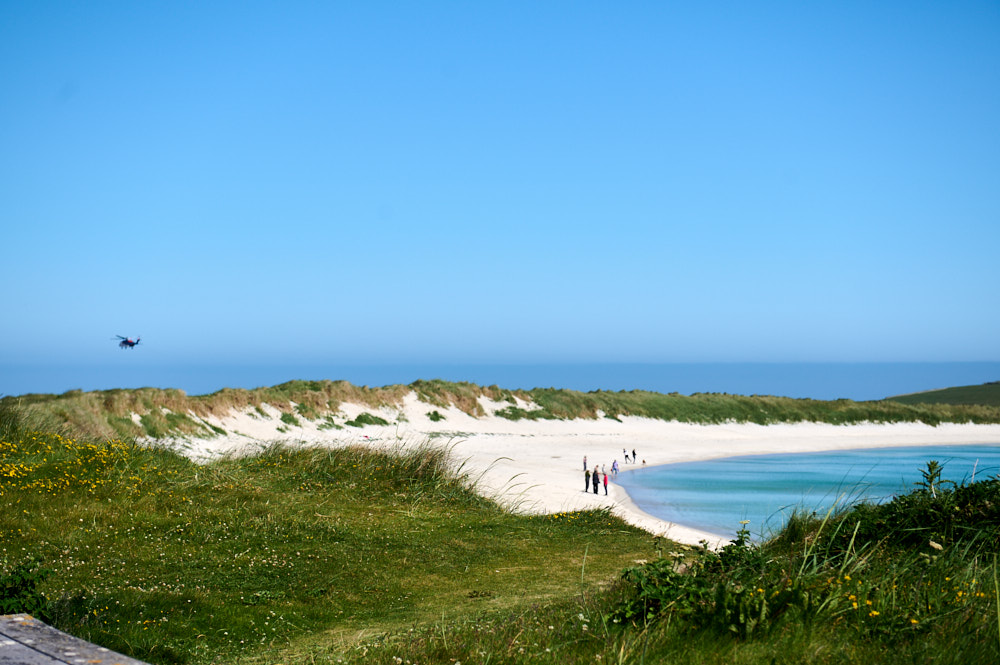
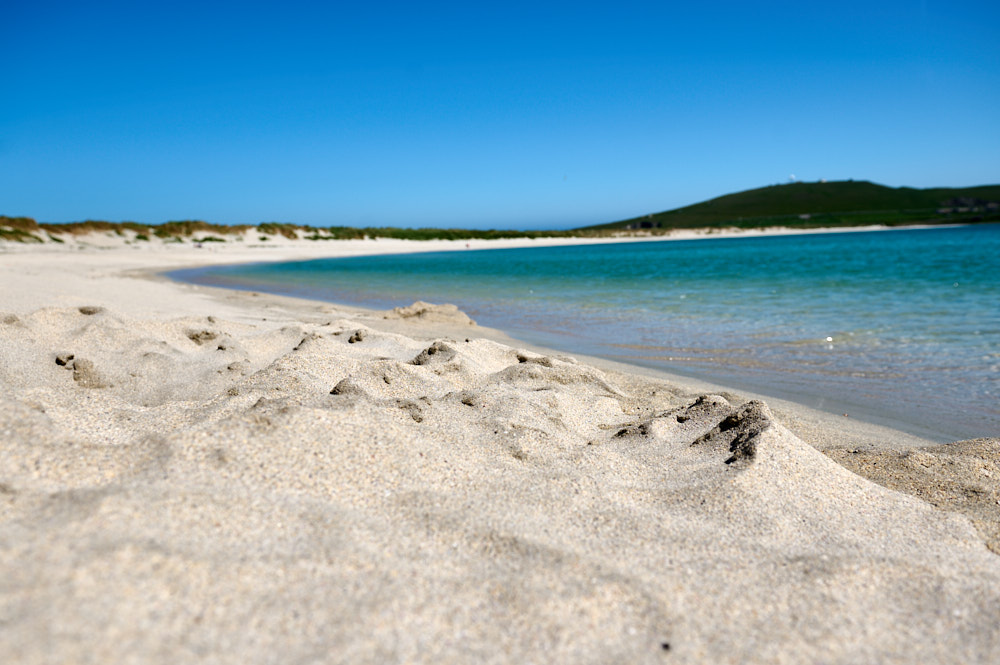



 A broch, almost overbuilt by a house in 1604 is the next part of our history tour, houses built on houses, history stacking on history. Old stones used to build new houses, a recurring theme not only in Scotland.
A broch, almost overbuilt by a house in 1604 is the next part of our history tour, houses built on houses, history stacking on history. Old stones used to build new houses, a recurring theme not only in Scotland.







 Jarlshof, a journey through history.
Jarlshof, a journey through history.
